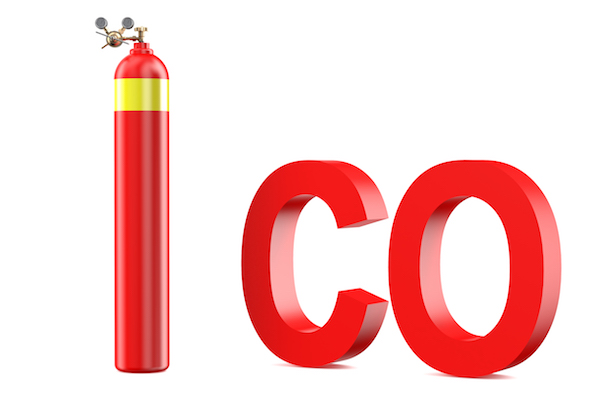Carbon Monoxide – The Silent Danger

The reason carbon monoxide is considered a silent killer is because it’s odorless and colorless. Many people have no idea that it is present in the air, however, it’s lethal.
How do you know if you have a carbon monoxide issue? It’s hard to tell without proper testing equipment. Too often the problem isn’t determined until it’s too late. Even the symptoms of carbon monoxide poisoning are easily misinterpreted. Here are two very important tips to follow when it comes to avoiding carbon monoxide poisoning in your home.
A malfunctioning or inappropriately used heating system, cooking, or ventilation system in the home can allow leakage of carbon monoxide gas into the air, leaving you, your family, and pets breathing toxic gas without knowing it.
Sources of carbon monoxide are:
- Furnace systems and chimneys with leaks
- Kerosene heaters
- Wood-burning stoves and fireplaces
- Gas ranges
- Generators
- Appliances fueled by gasoline
- Gas-fueled space heaters
- Fireplaces that aren’t vented
- Cigarette and pipe smoke
Symptoms of Carbon Monoxide Poisoning
Unfortunately, symptoms of carbon-monoxide poisoning are like those of the flu. Many people who are suffering from accidental carbon-monoxide poisoning don’t act because they assume they are fighting off a virus.
Symptoms include:
- Dizziness
- Vomiting
- Chest pain
- Muscle weakness
- Headache
- Upset stomach
- Confusion
- Lethargy
Those who are either sleeping or under the influence of alcohol may suffer a fatal poisoning before they notice any symptoms.
You should never rely on medical diagnosis as a means of testing for carbon monoxide. Many who suffer a fatal poisoning never experience symptoms before passing away.
Employ Carbon-Monoxide Detectors
The only reliable way to test for carbon-monoxide build-up in your home is to install a carbon-monoxide detector. Like a smoke detector, this device will sound an alarm if carbon-monoxide levels reach a dangerous point. You must change the batteries of a carbon-monoxide detector as regularly as you would for a smoke detector. It’s a good idea to change them when you adjust your clocks in the spring and fall. You should also replace the detector every five years.
Another alternative is a medical alert system with CO2 monitoring. These systems offers the added benefits of 24/7 monitored fire, smoke and carbon monoxide (CO).
Detection is life-saving. However, prevention is the best way to keep carbon monoxide from being an issue at all. Here’s a few simple ways to cut down the risk:
- Never use a charcoal grill in the house
- Avoid starting gas-powered engines in enclosed spaces
- Operate generators outside
- Have fireplaces, chimneys, and wood stoves inspected annually
- Inspect gas appliances – hot water heaters, furnaces, and stoves
If you have a leak, you must take immediate action to prevent a much more serious issue. Follow these steps immediately:
- Open all doors and windows
- Turn off gas appliances and the furnace
- Evacuate immediately – pets also
- Call the utility company and/or fire department
- Seek medical attention
While the utility company or fire department will ensure the safety of your home, they will not be able to complete the kind of inspection required to determine the exact source of the problem, nor are they equipped to fix it. In these instances, it’s best to have your home inspected.
FREE BROCHURE Today!
